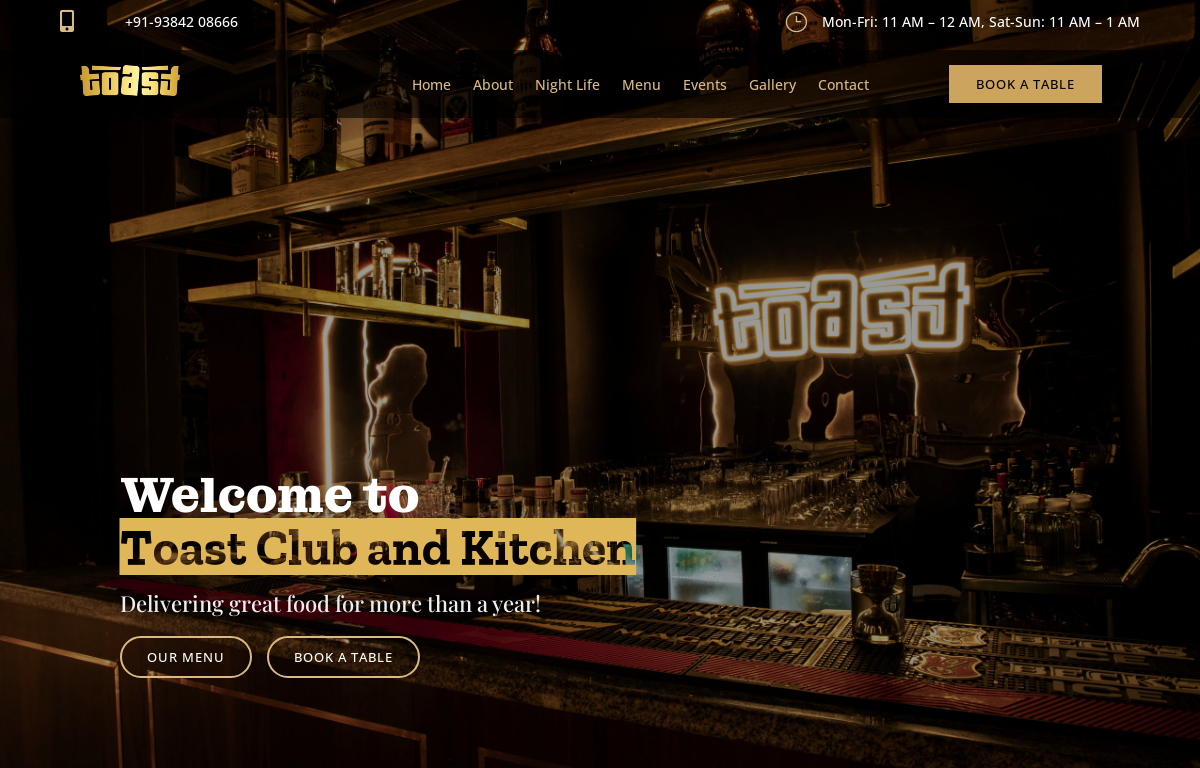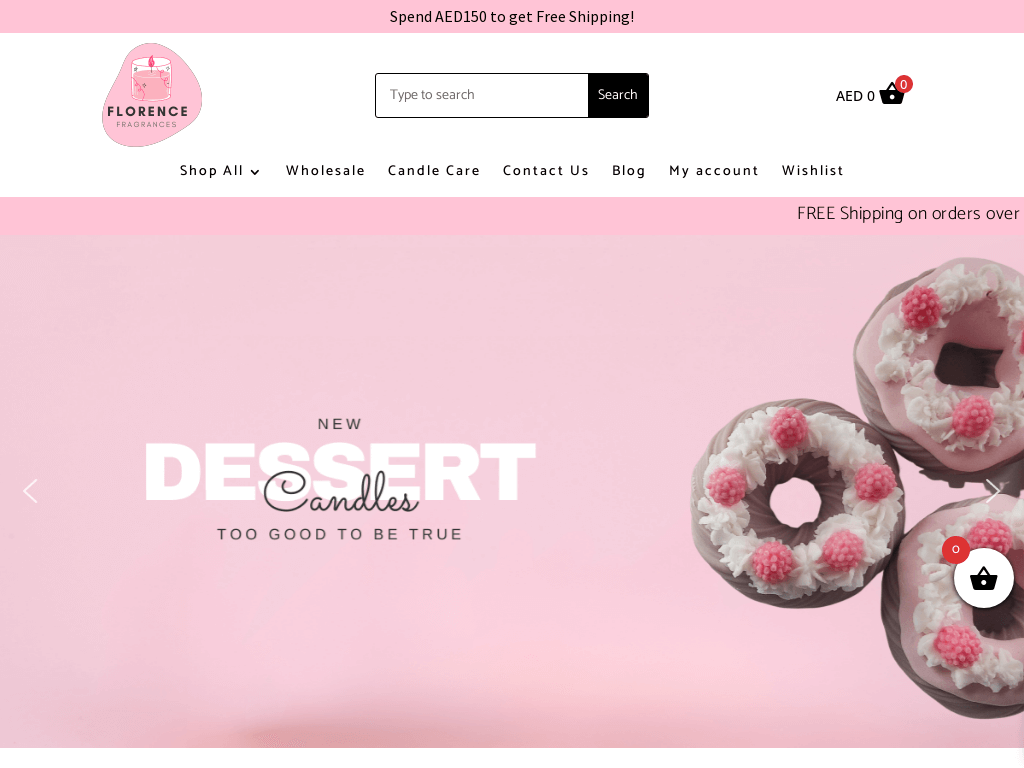Website Development
Crafting stunning websites that seamlessly blend form and function. Our expert developers specialize in custom sites for personal blogs, businesses, and online stores. Trust HelloWeby for an online presence that turns your ideas into a stunning reality on the web!
→ Website Hosting
→ Domain Registration
→ Business Email Registration
→ Live Chat Integration
→ SSL Configuration

To get started, Select the appropriate category from the options below.
Start-Up Website
Creating a startup website can be an important step in establishing a strong online presence and building a successful business.

Purpose
Clearly define the purpose of the website and what it aims to achieve. This could be to promote products or services, generate leads, build brand awareness, or a combination of these.

User experience
Focus on creating a user-friendly experience that is easy to navigate, visually appealing, and provides a clear call to action.

Content
Develop high-quality, relevant, and engaging content that aligns with the purpose of the website and the needs of the target audience.

Design
Choose a design that is clean, simple, and professional, and that accurately reflects the brand and values of the startup.

Mobile responsiveness
Ensure the website is mobile-friendly and optimized for different screen sizes and devices, as more and more people are accessing websites on their smartphones and tablets.

Search engine optimization
Implement search engine optimization (SEO) best practices to improve the visibility and ranking of the website on search engine results pages (SERP).

Security
Ensure the website is secure and meets all necessary data privacy and security requirements, to protect the business and its users.

Analytics
Implement website analytics tools to track the performance of the website and make data-driven decisions about future improvements.

Ongoing maintenance
Regularly update the website to keep it relevant and up-to-date, and to ensure that it continues to meet the needs of the business and its users.
Enterprise Website
An enterprise-level website is a website designed for large organizations and businesses that need to handle a high volume of traffic, content, and transactions.

Scalability
The ability to handle increased traffic and expand the website’s functionality as the business grows.

High performance
Quick loading times and responsive design, even under heavy traffic, to provide a seamless user experience.

Customization
The ability to fully customize the website to meet the unique needs and requirements of the business.

Content management
A robust content management system (CMS) that allows for easy and efficient management of a large volume of content, including images, videos, and documents.

User management
Advanced user management features, such as role-based access control and user authentication, to manage the access and permissions of different users.

E-commerce
Built-in e-commerce capabilities, including shopping cart functionality, payment processing, and order management, for businesses that sell products or services online.

Integration
Integration with other enterprise-level systems and tools, such as customer relationship management (CRM) software, enterprise resource planning (ERP) systems, and marketing automation tools, to streamline business.

Analytics
Detailed website analytics and reporting, including real-time data and insights, to track website performance and make data-driven decisions.

Security
Advanced security features, such as secure socket layer (SSL) encryption and regular software updates, to protect sensitive information and ensure the website is secure.

Support
Dedicated support and maintenance services to ensure the website is always up-to-date and functioning properly.
E-Commerce Website
An e-commerce website is a website that enables businesses to sell products or services online. To be successful, an e-commerce website should have a range of features that make it easy for customers to find, purchase, and manage their orders.

Product catalog
A comprehensive product catalog that includes detailed information, images, and pricing for each product or service offered.

Shopping cart
A shopping cart system that allows customers to add items to their cart, view their order, and proceed to checkout.

Payment processing
A secure payment processing system that supports multiple payment methods, such as credit cards, PayPal, and bank transfers.

Order management
A system for managing orders, including tracking the status of orders, processing returns and refunds, and managing shipping and delivery.

Customer account management
A customer account management system that allows customers to create an account, view their order history, manage their contact information, and store payment information for future purchases.

Search and filtering
Advanced search and filtering capabilities to help customers quickly find the products they are looking for.

Mobile responsiveness
A mobile-friendly design that provides a seamless experience on any device, including smartphones and tablets.

Product reviews and ratings
A system for customers to write and view product reviews and ratings to help inform purchasing decisions.

Recommendations and upselling
Recommendation and upselling features, such as related products, to encourage customers to make additional purchases.

Marketing and promotions
Tools for creating and managing marketing campaigns and promotions, such as discounts and special offers.

Analytics and reporting
Detailed analytics and reporting capabilities, including real-time data and insights, to help businesses understand their customers and make data-driven decisions.

Security
Advanced security features, such as SSL encryption and regular software updates, to protect sensitive information and ensure the website is secure.
What to make your website more effective?
Here are some key points that we can include in your website’s content for effective website development.

Purpose
Clearly state the purpose of your website and what you aim to achieve through it.

Target audience
Identify your target audience and create content that appeals to their interests and needs.

Branding
Incorporate your brand’s personality, tone, and values into your website’s content to establish a consistent image.

Navigation
Make sure that your website’s navigation is intuitive and user-friendly, so that visitors can easily find what they are looking for.

Quality content
Provide high-quality, relevant content that offers value to your visitors and sets you apart from your competition.

Calls to action
Encourage visitors to take action by including clear calls to action throughout your website.

Contact information
Make it easy for visitors to get in touch with you by prominently displaying your contact information.

Optimization
Optimize your website for search engines to improve its visibility and attract more visitors.

Mobile responsiveness
Ensure that your website is responsive and looks great on all devices, including desktop, tablet, and mobile devices.

Maintenance
Regularly maintain and update your website to keep it fresh and relevant.

